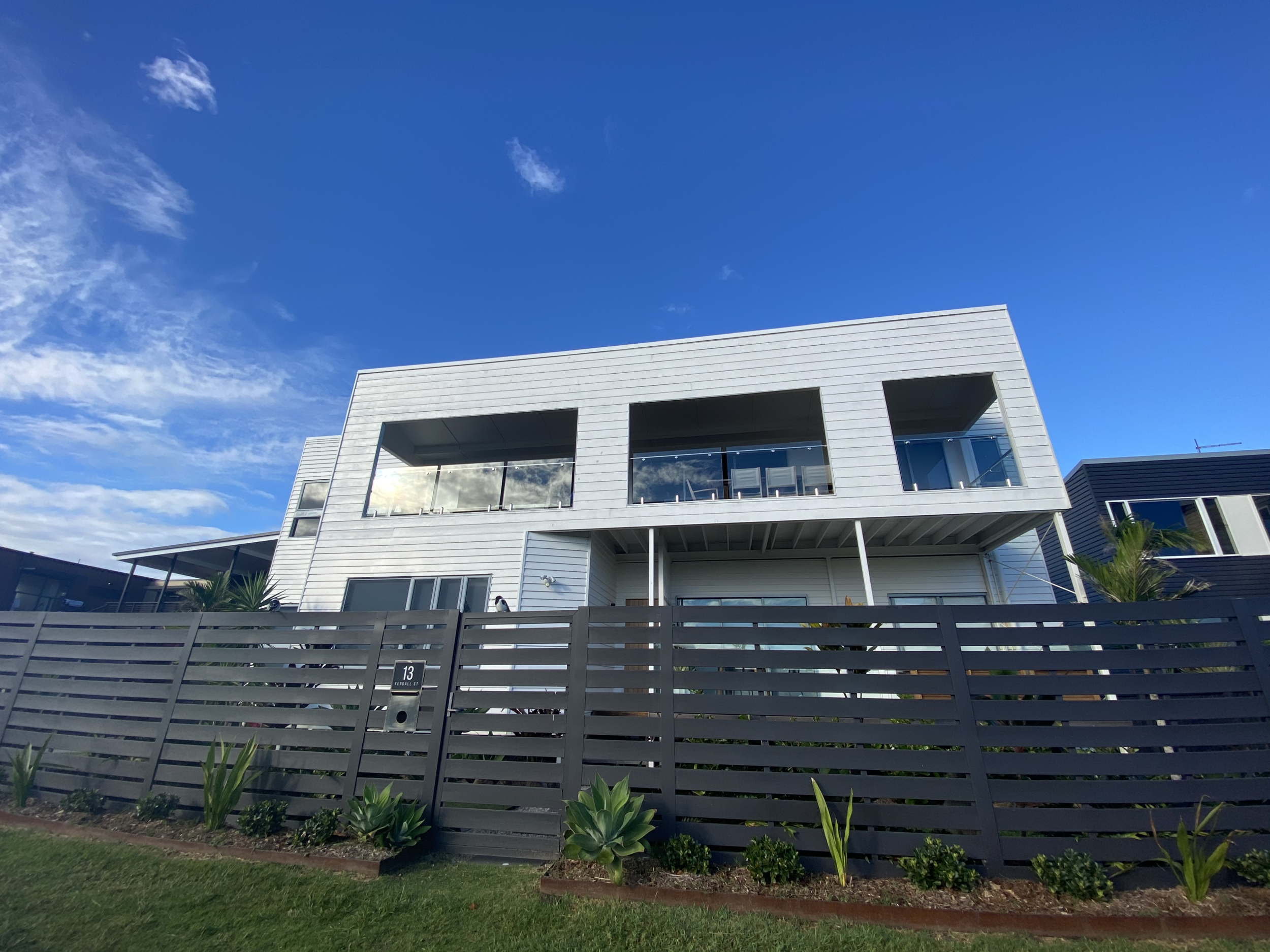Minimise your tax using property depreciation
Photo Credit - Shona Stephenson
I frequently say that Australian property can be a desirable investment prospect for expatriates looking to minimise their Australian tax, both while overseas and when they return home.
I say this because real property is of a scarce investment class. As a property owner, in addition to claiming tax deductions for property outgoings, you may also claim a tax deduction for your initial capital outlay in acquiring a property. Yes, that’s right, you may be entitled to claim a tax deduction regarding the actual purchase price of your property!
This obvious tax minimisation potential exclusively available to real property investments makes it such an attractive opportunity, at least from my perspective as an accountant and tax adviser to expatriate Australians.
Deductions for capital works
Of course, the tax deduction I’m alluding to is depreciation. Or, more specifically, a deduction for capital works. Claiming capital works provides a rental property owner with one of their most significant tax deductions, usually second only to their interest costs.
A tax deduction for capital works can be claimed on the construction expenditure incurred on an income-producing asset. The allowed rate for a capital works deduction is 2.5% annually, from when expenditure had been incurred. Consequently, due to this deduction rate, there is an imposed time limit of 40 years to claim capital works after construction expenditure is first incurred.
For example, and very simply, if you incurred a construction expenditure of $800,000 on a rental property, your capital works deduction would be $20,000 per year for the next 40 years. Attractive yet?
What is construction expenditure?
What exactly is construction expenditure? Three categories of expenditure are recognised as being eligible for capital works deductions:
Buildings or extensions;
Structural improvements; and
Environment protection earthwork.
Further, the Australian Taxation Office (ATO) also accepts that preliminary expenses such as architect fees, engineering fees, foundation excavation expenses, and costs of building permits can also be construction expenditures eligible for capital works deductions.
Naturally, capital works deductions are available for both house and apartment investments.
What if you’re a property buyer, not a builder
“But, wait,” I can hear you saying, “I didn’t build my rental property; I only bought it, so I don’t have any construction expenditure.”
In this respect, a tax deduction for capital works can be claimed, on the construction expenditure of the former owner of your rental property. Provided the former owner incurred the expenditure within the last 40 years, you should be eligible to claim a capital works deduction for the remaining years available.
For example, and again very simply, the former owner built a property for $800,000 in 2000. You acquired this property in 2020. Your capital works deduction is $20,000 per year from 2020 until 2040.
To claim a capital works deduction for the construction expenditure of a former owner, the ATO accepts an expenditure estimate as issued by an appropriately qualified person. For example, this may be a quantity surveyor who has expertise in the relevant types of construction.
Accordingly, claiming capital works deductions can make property investment a very attractive prospect for minimising tax. If you would like to review your eligibility to claim capital works, I recommend getting in touch with a good quantity surveyor for an initial consultation.
If you’d like some assistance with your taxation, reach out to Dean Crossingham,
The Expatriate always tries to make sure all information is accurate. However, when reading our website please always consider our Disclaimer policy.


